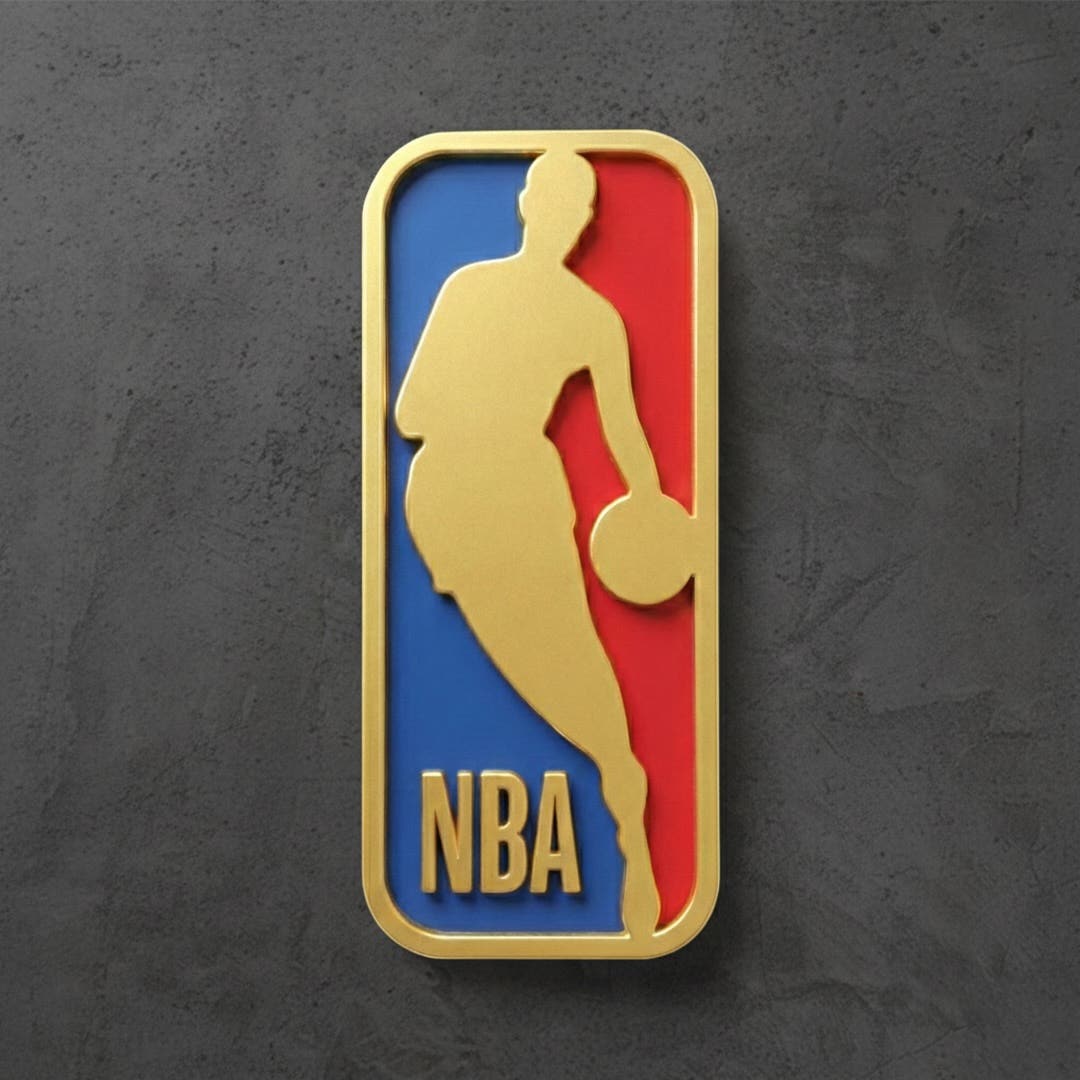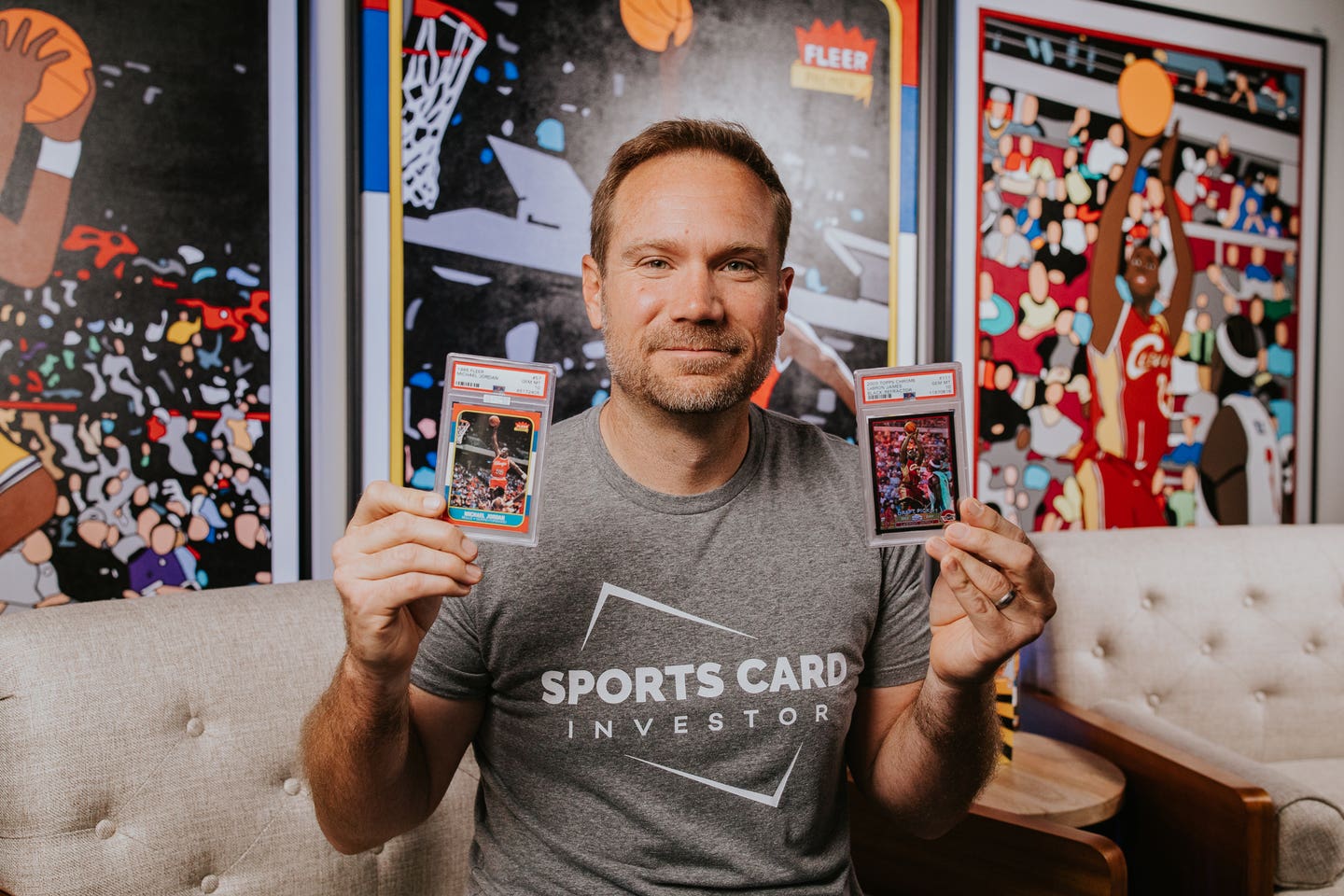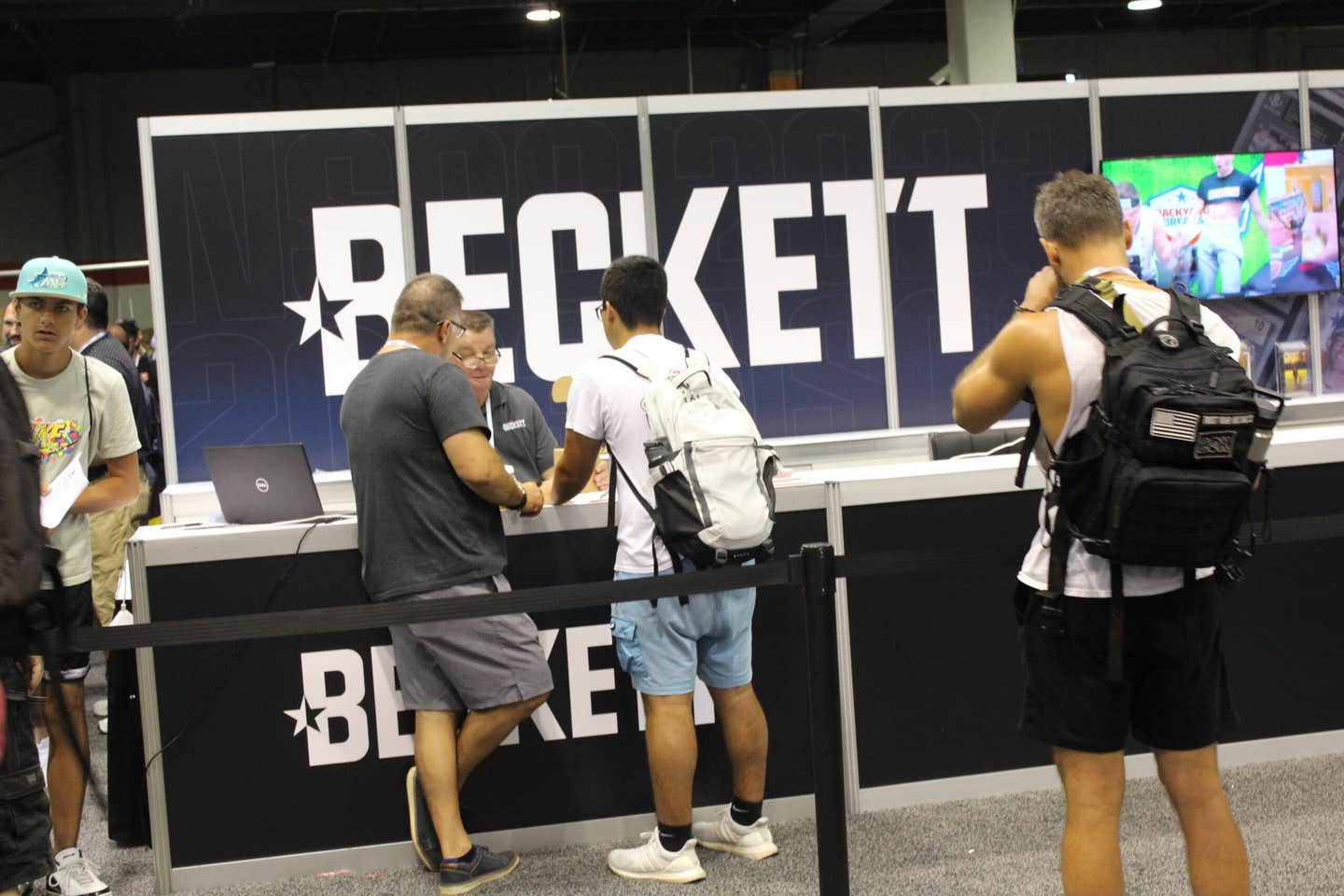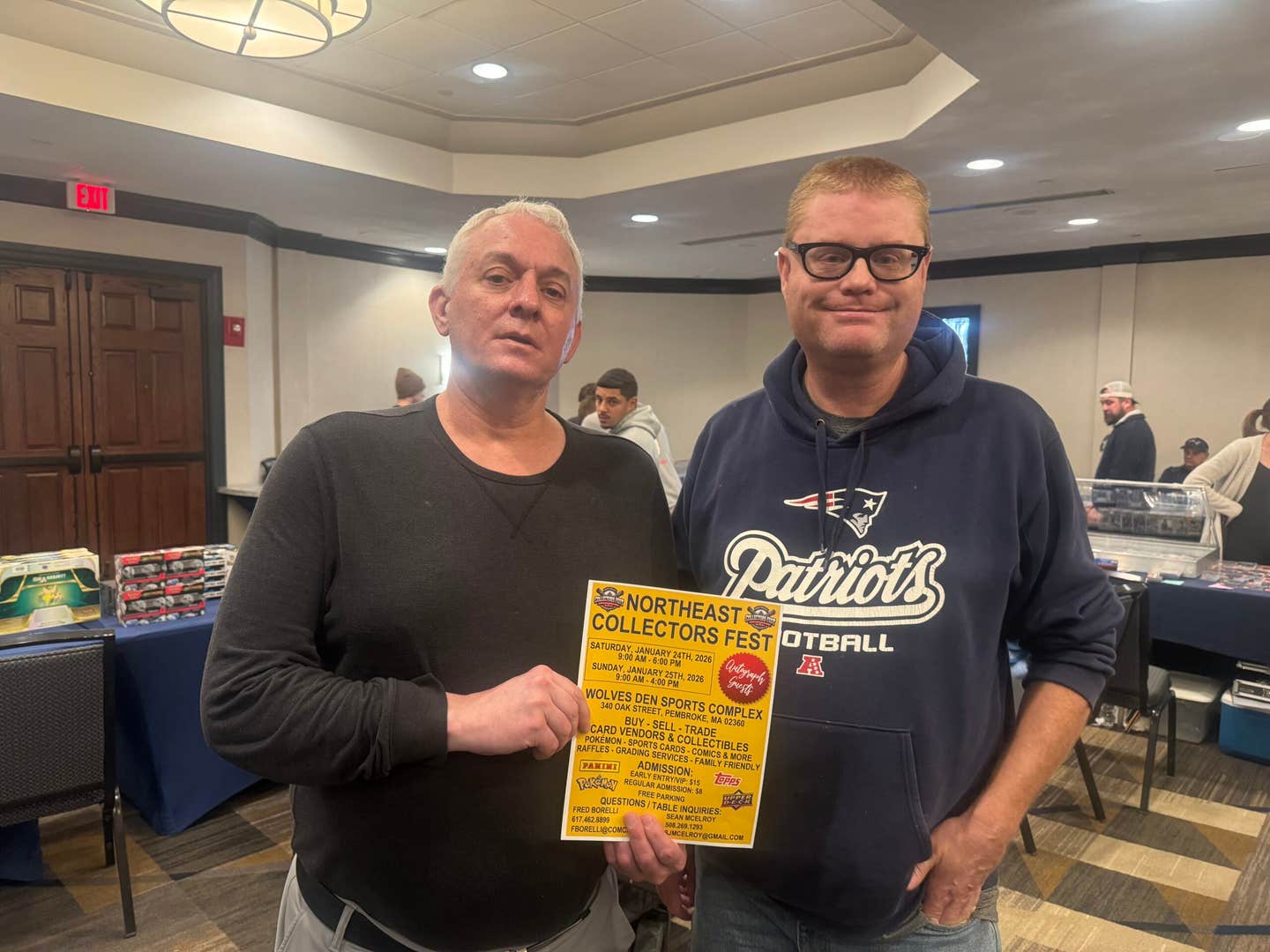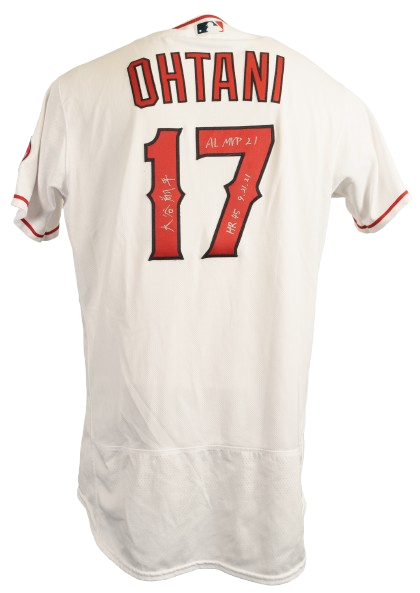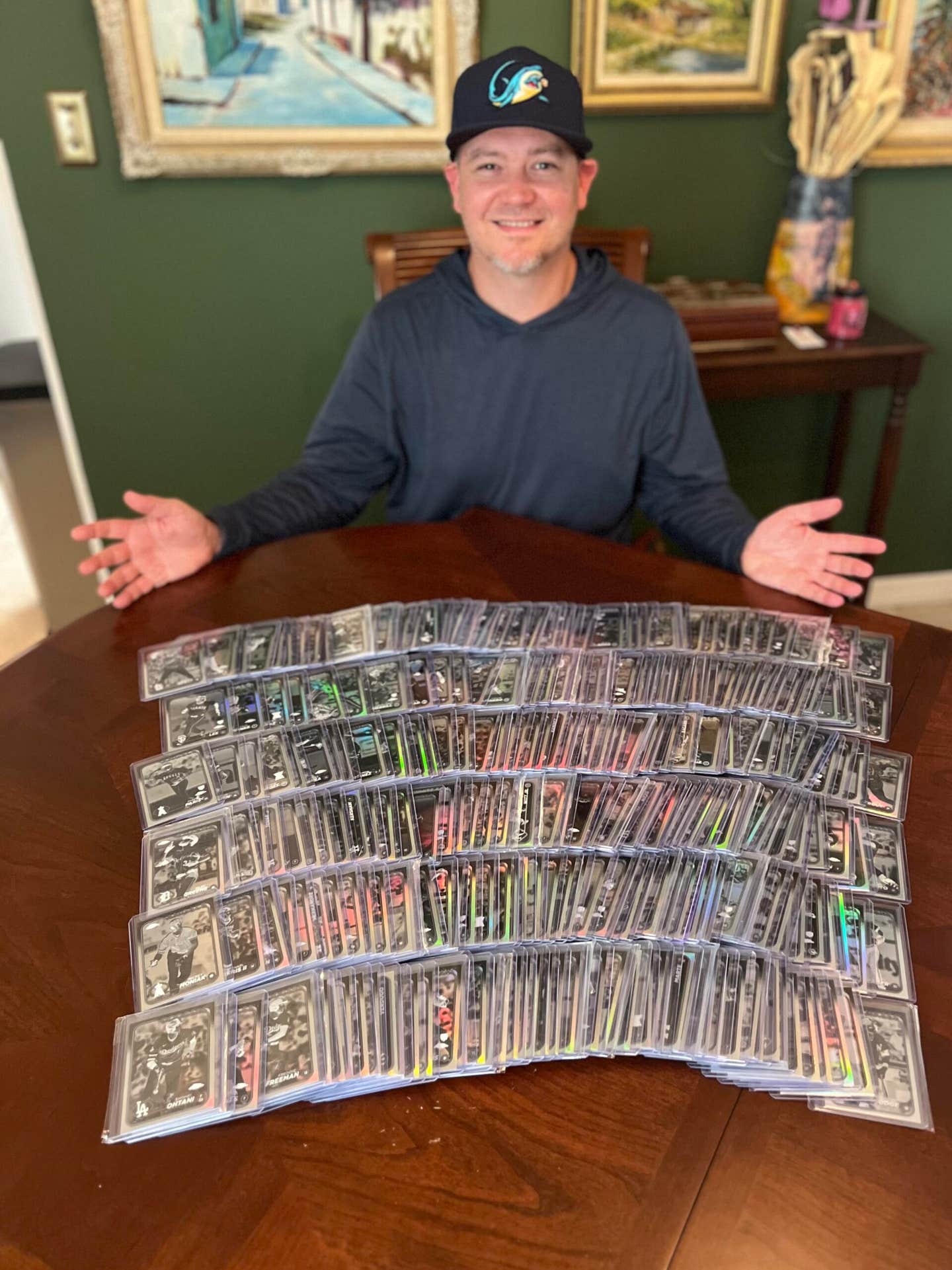Profiles
Bill Russell: I’m goin’ to Kansas City (me, too)
I used to have Bill Russell’s autograph. My dad got it for me at the Schaefer Beer Pavilion at the 1964 World’s Fair in Flushing Meadows in Queens, but he got it on a cocktail napkin and I somehow let that slip away in the ensuing 44 years.
I wasn’t at the World’s Fair more than 15 minutes or so, since Sandy Koufax was pitching the second game of a doubleheader against my Mets next door at Shea Stadium and that seemed more compelling to me than a mere World’s Fair. The Russell autograph was free, as was the Schaefer Beer, which explains how I ended up with an autograph of one of the NBA’s all-time greats on a lowly bar napkin.
I suspect Russell doesn’t sign too many of those anymore, and in fact he hasn’t done a public signing in four years. Rich Altman, one of the true hobby veterans as a show dealer and as a promoter, has also been an agent for a number of NBA Hall of Famers, with the marquee name Russell atop that distinguished list.
Russell headlines an impressive roster of signers for Altman’s Kansas City Show, slated for April 25-27 at the Overland Park Convention Center in Overland Park, Kan. “I was kind of shocked and surprised when he said OK,” Altman related about his initial inquiry to Russell about doing the show. Altman has also lined up another of his NBA Hall-of-Fame exclusives, Russell’s teammate, Sam Jones, who like Russell will be signing on Friday and Saturday.
Jones, possesser of one of the classic jump shots in NBA history and arguably one of the nicest and more personable athletes from any era, has been a periodic fixture at Altman’s table at many of the larger shows around the country over the years.
The autograph lineup also includes a neat mixture of rising young Kansas City Royals stars Alex Gordon, Mark Teahen, Gil Meche and Billy Butler, along with baseball Hall of Famers Bob Feller and Monte Irvin, and the major leagues’ last 30-game winner, Denny McLain.
But even with all that firepower, Altman figures the real stars of the first major show in the Kansas City area in two years will be the dealers. His goal is 140 tables, and he figured he was about 80 percent to that point when I interviewed him more than six weeks before the show.
“It’s one of the more ambitious Kansas City efforts in what used to be one of the great cities for buying and selling cards and memorabilia,” Altman continued. “There’s also quite a bit of tradition from the Negro Leagues Museum.”
The major auction houses, grading companies and virtually all of the top dealers from around the country are signed on for the show. I’ve got to resist the temptation to list any, since you wind up like a stammering movie star at an Oscar acceptance speech, ultimately leaving out people you would want to mention. A more extensive listing of the dealer lineup is featured in an advertisement in the March 7 issue of SCD on page 48. Altman’s website is www.hollywoodcollectibles.com.
* * * * * *
Our online columnist and the editor of the Standard Catalog of Baseball Cards, Don Fluckinger, reported on a nifty eBay lot in this week’s Online Auctioneer column on page 28 of this issue. It is a single lot of 25 “sets” of 1963 Topps Baseball Nos. 1-109, making it one of the more unusual auction lots that I’ve seen in awhile.
The seller was Ross Koondel of Neat Stuff Collectibles in North Bergen, N.J., a company that deals primarily in comics and non-sport cards. “We kinda stumbled onto this lot in a grouping that was offered to us as comics and toys and was mismarked in a toy box,” says Koondel, who describes his company as the largest second-hand wholesaler of collectibles in the country.
According to Koondel, the cards are “uncirculated,” and look brand-new, which I figure must look pretty neat for the condition-sensitive 1963 set with the colorful borders that bleed to the bottom of the card.
The lot sold for $15,100, which sounds to me like a steal if the cards are as pristine as one would imagine in this instance. “We could have sent them out for grading or sold them one set at a time, but that’s not what we do,” he continued. “The way it comes in is the way it goes out.”
The cards came from the family of an elderly gentleman who had a vending machine business in the 1960s. Presumably the cards were intended for the 1-cent vending machines; the grouping that the 1963’s came in also included a half-dozen 1960 Fleer Baseball Greats sets, obviously Nos. 1-79. Card No. 80 is the unissued Pepper Martin proof card. I can remember buying those 1960 Fleer cards through a 1-cent vending machine, and being disappointed that the cards seemed so “old,” and the guys pictured even older.
As I noted above, I was intrigued by this lot, in part because of its uniqueness, but also because the cards – which came to Koondel in plastic bags holding each “set” – didn’t include a No. 110.
As I understand such things, the first series would have been Nos. 1-88 on the checklist card, but youngsters would find cards numbered 1-110 in those initial series packs. The cards 89-110 would represent the beginning of the second series, a slick marketing maneuver that Topps developed to ensure that the little hosers would be hooked into collecting the whole set.
So how come there was no card No. 110 with this grouping? The complete uncut card sheet would have the 132 cards (110, plus 22 double prints), so it’s hard to understand where that last one went. Anybody out there who wants to fill me in on what might have happened here is welcome to do so.
As I frequently do when any questions come up about vintage cards, I called old pal Bob Lemke, who is still in Iola and working now for Whitman Publishing Co., laboring in a small office not far from our own.
Lemke immediately set about to the Internet and environs, and promptly had an answer. A collector sent him a scan of a first series uncut sheet which showed checklist cards from the first, second and third series ... and no Rich Rollins card.
So our mystery is perhaps partially solved. Either there was a problem with the Rich Rollins card that prompted it to be pushed back to the second-sheet printing, or, perhaps more likely, the Topps guys wanted to include the third series checklist in the first series sheet, and the likely card to be bumped, assuming they didn’t want to nudge a double print, might be card No. 110.
Either way, it means that Rollins was likely relegated to the second-sheet printing, which explains why the vending box the man was working from wouldn’t include him.
I can’t swear to any of this, unless you waterboard me, in which case I’ll admit to just about anything short of actually being on the barge in 1960 when Sy Berger dumped all those cases of 1952 Topps high numbers into the Atlantic Ocean.
T.S. O’Connell is the editor of Sports Collectors Digest. Reach him by e-mail at: thomas.o’connell@fwpubs.com; or (715) 445-2214, ext. 243.



